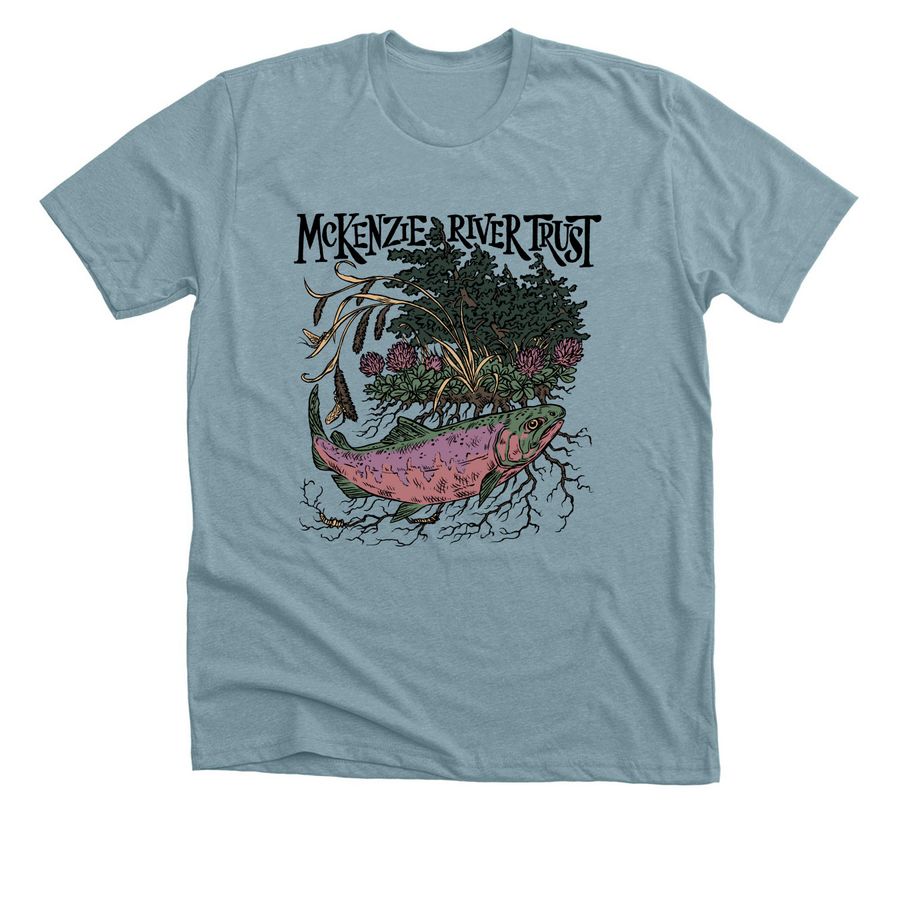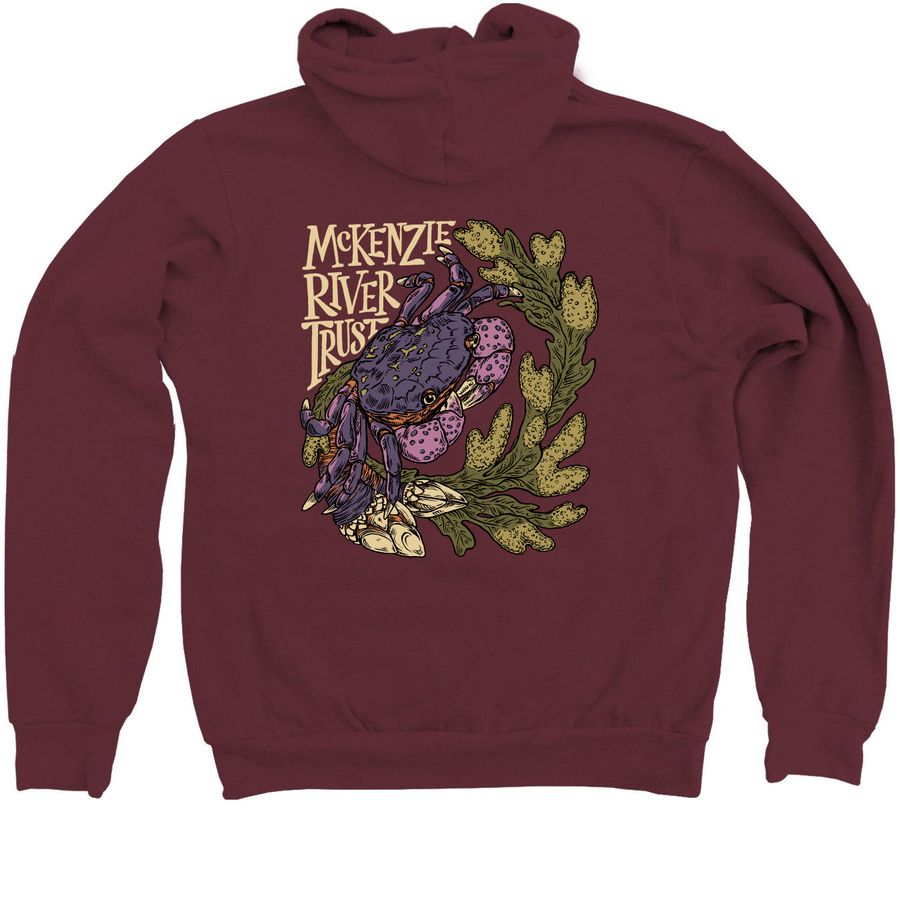Our History
McKenzie River Trust was founded in 1989 and incorporated as a 501(c)3 nonprofit, public benefit organization in 1990. Since then we have grown to be a regional land trust, conserving and protecting thousands of acres of land in western Oregon.
McKenzie River Trust History
Founding
In the late 1980s, local land-owner Tom Bowerman and environmental leader Bob Doppelt brought together a group of concerned citizens interested in protecting the McKenzie River from development and preserving the river’s exceptional water quality for future generations. From a small, rent-free, shared office in the attic above the Down to Earth store in Eugene’s Farmers Union Building, still holding on to the odor of grain processed there years before, the Board of Directors came together to sign the McKenzie River Trust’s Articles of Incorporation.
The land trust’s steady growth over its first ten years echoed its humble beginnings. The organization focused on its core mission: to protect riparian areas on the McKenzie that were vital to the river’s biological integrity and water quality. The Trust’s first land acquisitions, the Smith Property and the Horse Creek/Drury Forest property, were purchased in 1992 and 1994 respectively and later sold to the Forest Service.
Through these projects, the McKenzie River Trust proved it could serve as a go-between for private landowners and federal departments, reflecting its agility in responding to situations more quickly than larger agencies. This approach – dubbed the ‘partner assist’ – was a key tool in MRT’s early years.
Growth
Operating as an all-volunteer organization throughout the 1990s, MRT slowly but steadily made a name for itself throughout the McKenzie River watershed. The land trust’s first conservation easement was donated by George Grier and Cynthia Pappas for 11 acres on the lower McKenzie in a floodplain landscape crisscrossed with main channel backwaters and sloughs. This easement would later be linked to an adjacent acquisition, Big Island.
The Trust began to seek out conservation projects with a landscape-level impact. Land holdings acted as a string of pearls: rich habitat parcels were connected by the river flowing between them. As the Trust’s knowledge of the range of tools for land conservation grew, so did its reputation as a stable, professional organization that sought common ground with local landowners.
Throughout this period, the Board of Directors committed substantial time and effort toward strategic planning for the organization’s future. As early as 1992, the land trust had been considering whether to expand its service area beyond the McKenzie River watershed. In 2000, with support from the Land Trust Alliance, the Oregon Community Foundation, and the Spirit Mountain Community Fund, MRT launched the Many Rivers Program to expand operations to seven additional watersheds in western Oregon. This expansion allowed the Trust to provide professional services from the Cascade mountains to the Oregon coast. Since 2000, our service area has included the watersheds of the Long Tom, Upper Willamette, Coast and Middle Forks of the Willamette, Umpqua, Siuslaw, and coastal streams and lakes from Reedsport to Yachats. In 2021, we expanded our coastal service area to stretch from Reedsport north to Lincoln City, and opened our first field office in Newport.
Special Lands
The Trust made the front page of Eugene’s Register-Guard newspaper in November 2001 when biologists from the Oregon Department of Fish and Wildlife and the Willamette National Forest discovered an endangered fish called Oregon chub on Big Island’s Grier/Pappas easement. Although the scientists had expected to find native fishes in their routine survey of the property’s side channels and backwaters, the Oregon chub discovery was a huge surprise. Oregon chub were last documented in the McKenzie River in 1899 and were considered extinct in the watershed. The scientists hypothesized that thanks to its incredible backwater sloughs, large logs and deep, cold pools the Big Island property had been a safe haven for the chub for many years. Biologists spent four days catching and releasing over 250 Oregon chub, documenting a viable population of the fish. The discovery on the Big Island site made this Trust holding even more important than originally thought.
Partnerships
Back in 1990, the McKenzie River Trust’s founders began discussions with the Eugene Water and Electric Board (EWEB), to explore how the local utility mitigate the impact of its dam projects on local wildlife and natural systems by working with MRT to protect lands in the watershed. MRT Board members worked diligently to build relationships with EWEB and other agencies throughout the region.
This legwork came to fruition in 2000 when EWEB awarded MRT a matching grant of $1 million for land protection in the McKenzie watershed. In 2003 the EWEB grant and a contribution from the Oregon Watershed Enhancement Board (OWEB) were used to purchase Green Island. The property’s protection was the McKenzie River Trust’s most significant success to date, conserving about 1,000 acres at the confluence of the Willamette and McKenzie Rivers just north of Eugene/Springfield. The EWEB funds provided leverage for an additional $3.8 million which has been invested in the Lower McKenzie River.
Along with over 430 acres of adjacent lands owned by federal and state agencies, Green Island contributes to a swath of more than 1,300 contiguous acres protected in perpetuity. This area is one of the richest and most diverse floodplain, riparian, and wetland habitats in western Oregon.
The purchase of Green Island also broadened the land trust’s mission. Now that the organization owned a significant parcel, land restoration and stewardship became a part of our identity. In 2003, the Green Island Technical Team, made up of biologists, botanists, hydrologists, and various consultants was assembled to provide support for the creation of a land restoration plan. In 2008, the Trust hired a Green Island Project Manager to oversee the stewardship, restoration, and protection of the Green Island property. By this time, the Trust had grown to a full-time staff of five.
The Trust kicked off a multi-year series of tree plantings on Green Island in 2006, bringing hundreds of community members out to volunteer. By 2009, 35,000 trees had been planted across nearly 200 acres of the property. Thanks to investments of time and funding from many partners, the transition of this farmland to a healthy natural area is well underway. Green Island is an anchor site for the McKenzie River Trust, and we intend to protect and restore a robust ecosystem with a mosaic of historic habitats and special creatures to benefit future generations.
Get Involved
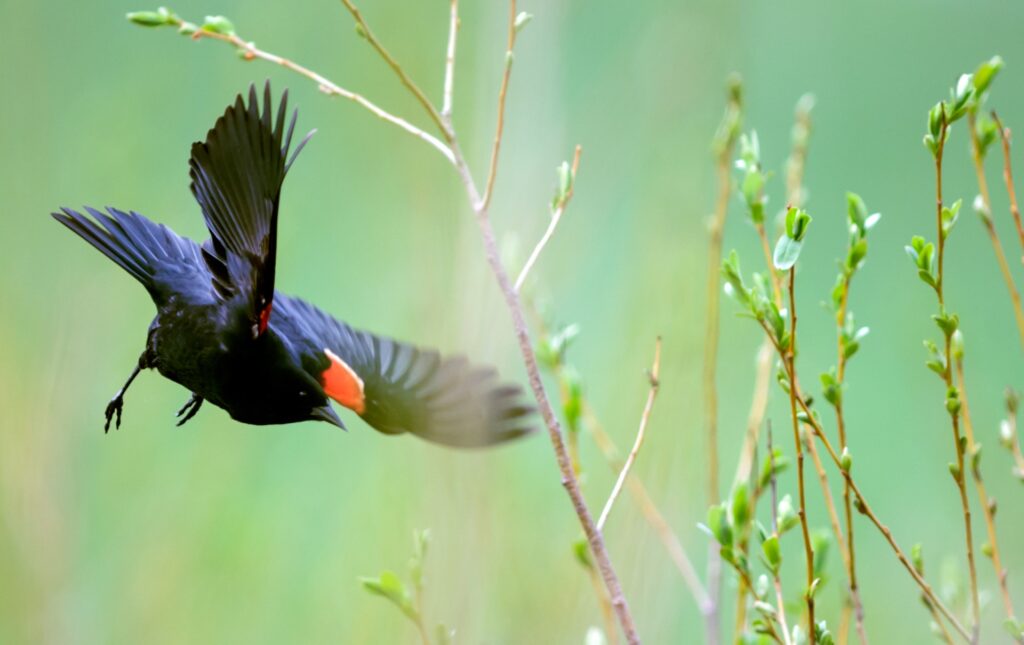
Donate
Support the Lands and Waters You Love
Become a member today and help protect the places that matter, now and for future generations to come.

Volunteer
Get Your Hands Dirty
Join our community of volunteers and make a real impact for the lands and waters you cherish.
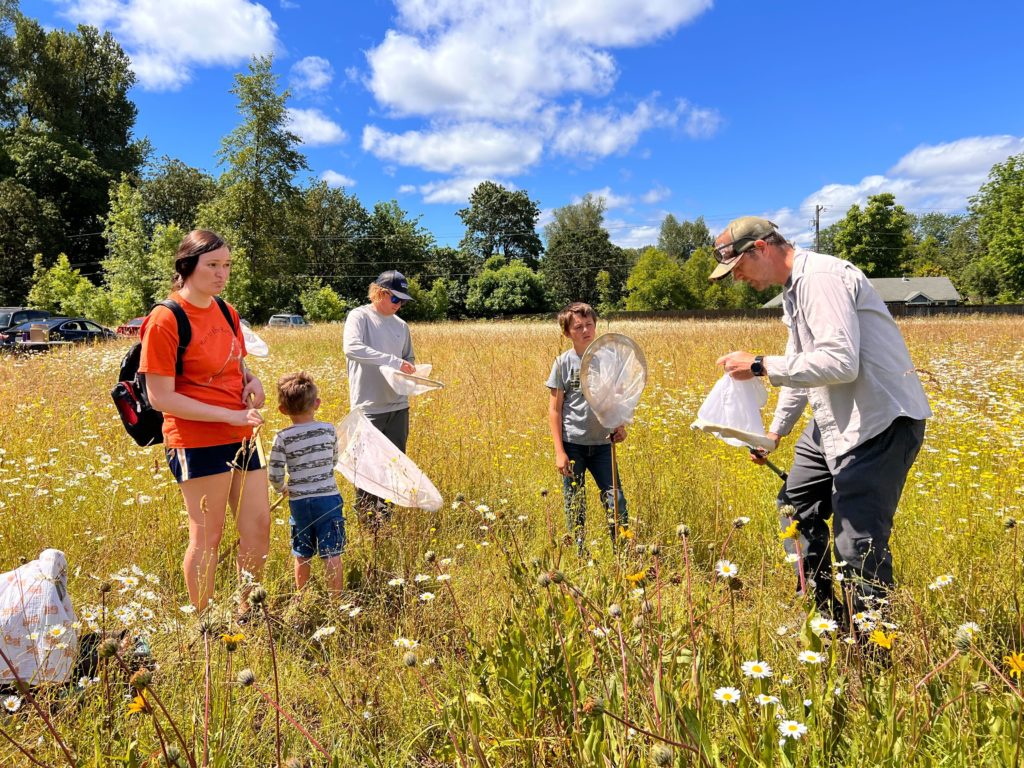
Attend an Event
Experience Nature, Build Community
Take part in our guided tours and community events, and connect with the land and those who care for it.
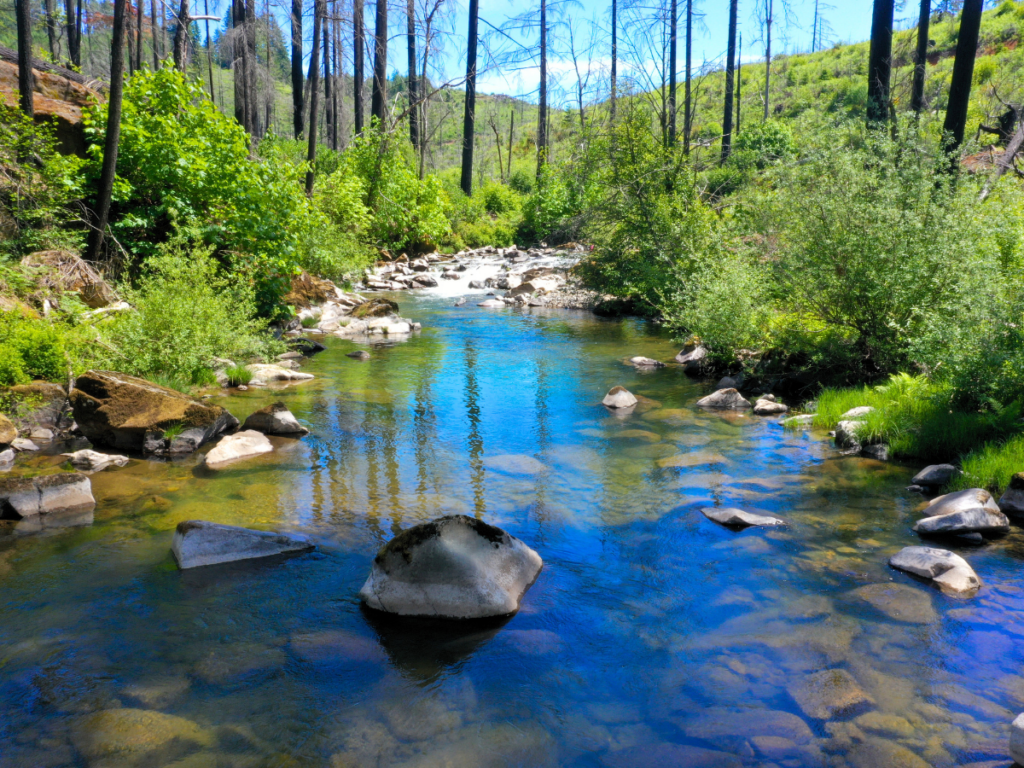
See our Lands
Discover Oregon's Wild Places
Explore the beautiful landscapes we protect and learn why they matter.

